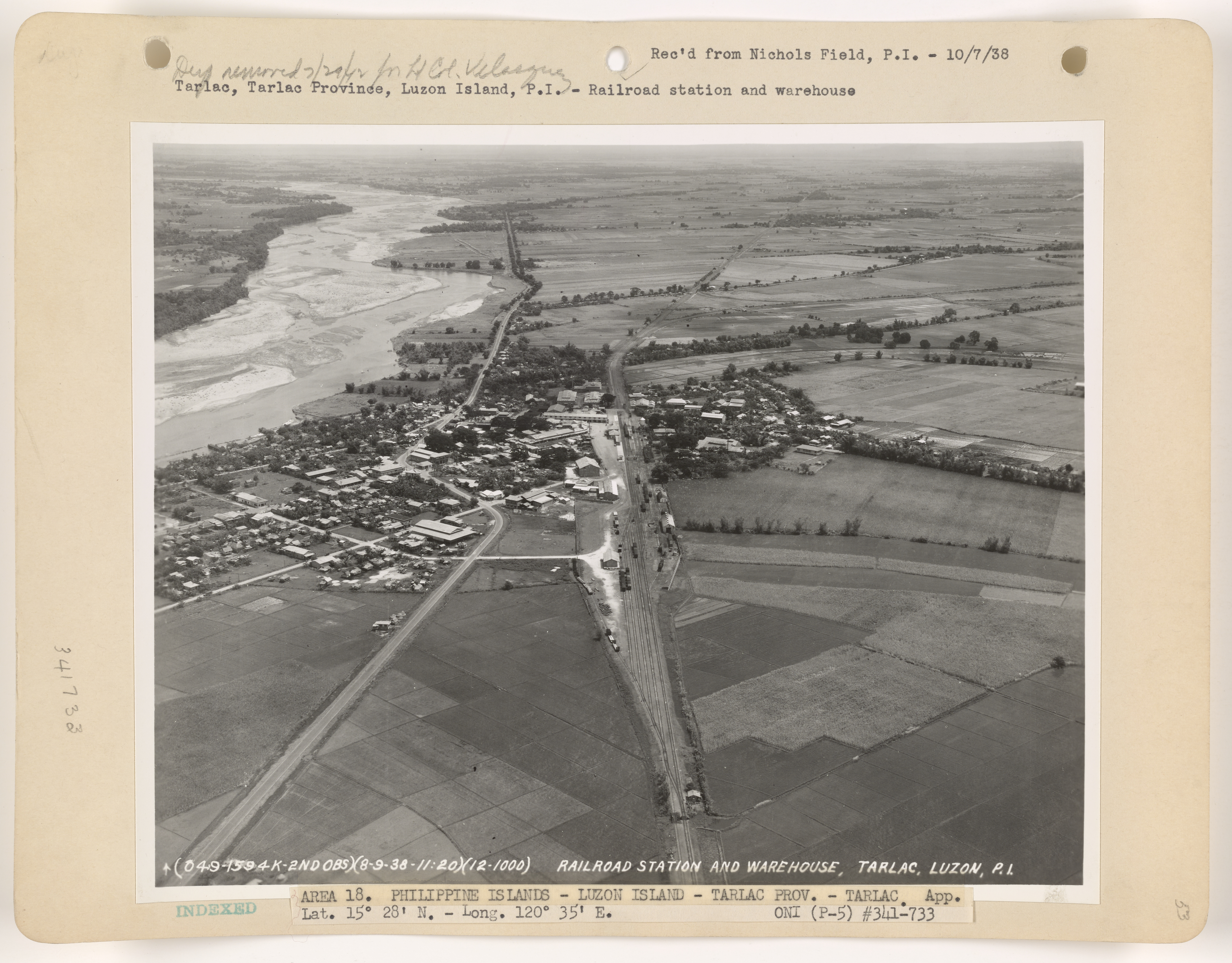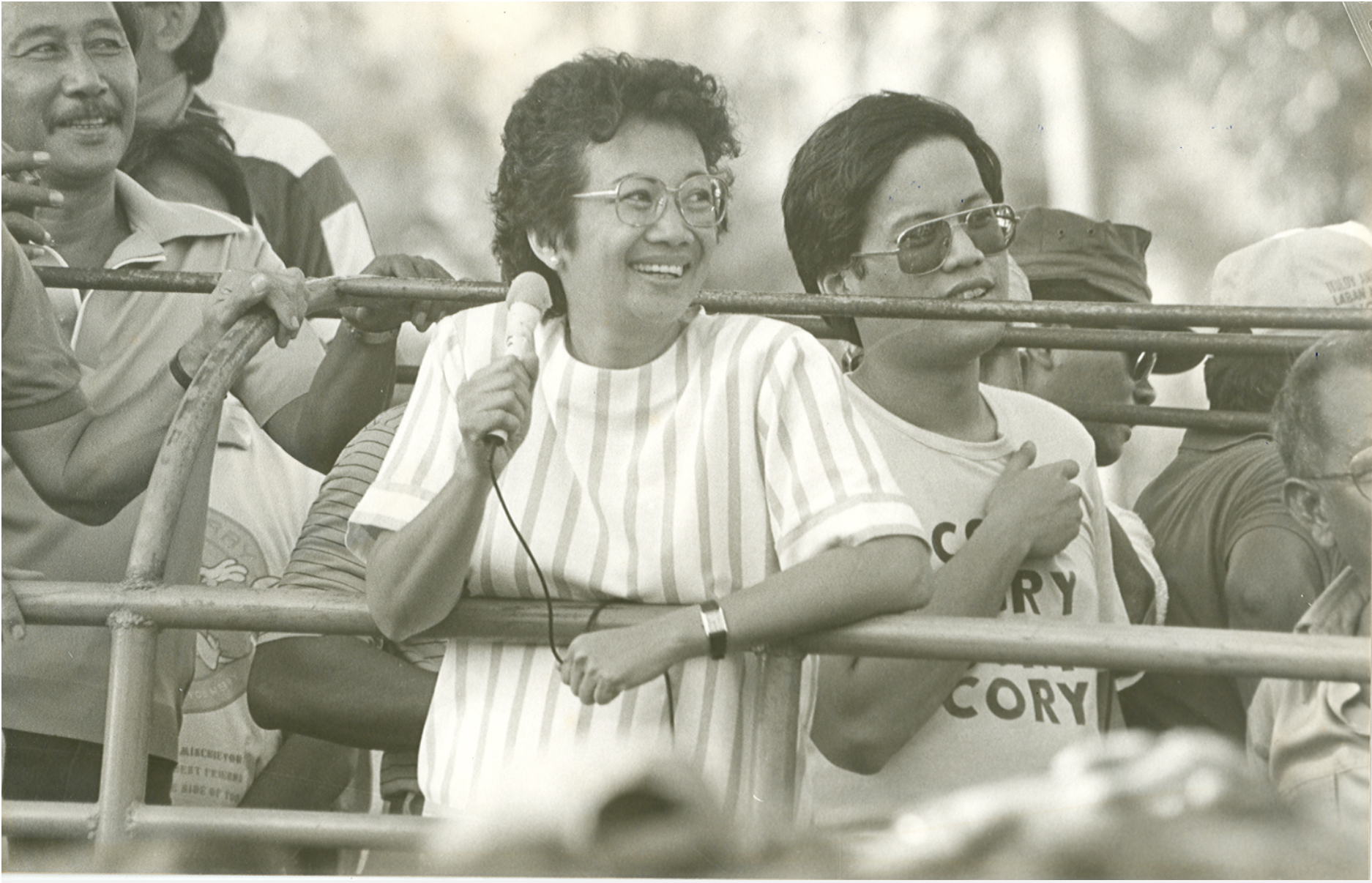|
Central Luzon Link Expressway
The Central Luzon Link Expressway (CLLEX), also known as the Central Luzon Link Freeway, is a partially operational Controlled-access highway, expressway in the Central Luzon region of the Philippines. It will connect the Subic–Clark–Tarlac Expressway (SCTEX) and the Tarlac–Pangasinan–La Union Expressway (TPLEX) to the currently under-construction North Luzon East Expressway in Cabanatuan towards San Jose, Nueva Ecija, San Jose, Nueva Ecija. It is currently toll-free and exclusively open to Class 1 vehicles but it will be tolled and opened to other classes of vehicles in the future. Route description CLLEX runs in an east-west direction from Tarlac City to San Jose, Nueva Ecija. The entire route is built as a four-lane expressway mostly laid out on Embankment (earthworks), embankment. Phase 1 From the west, CLLEX begins at a trumpet interchange with the Subic–Clark–Tarlac Expressway (SCTEX) and Tarlac–Pangasinan–La Union Expressway (TPLEX) in Tarlac City. Th ... [...More Info...] [...Related Items...] OR: [Wikipedia] [Google] [Baidu] |
Subic–Clark–Tarlac Expressway
The Subic–Clark–Tarlac Expressway (SCTEX), signed as E1 and E4 of the Philippine expressway network and R-8 of the Metro Manila arterial road network, is controlled-access toll expressway in the Central Luzon region of the Philippines. From its northern terminus in Tarlac City to its southern terminus at Tipo in Hermosa, Bataan, the SCTEX serves as one of the main expressways in Luzon. The expressway is also connected to the Central Luzon Link Expressway, North Luzon Expressway, Tarlac–Pangasinan–La Union Expressway, and the Subic Freeport Expressway. The SCTEX is the country's longest expressway at . The Subic–Clark–Tarlac Expressway was constructed to provide a more efficient transport corridor between Subic Bay Freeport, Clark, and the Central Techno Park in Tarlac, foster development on the municipalities served, and connect major infrastructures such as the Subic Seaport and the Clark International Airport. The expressway also serves as a major utility corridor ... [...More Info...] [...Related Items...] OR: [Wikipedia] [Google] [Baidu] |
Tarlac City
Tarlac City, officially the City of Tarlac ( pam, Lakanbalen ning Tarlac; pag, Siyudad na Tarlac; ilo, Siudad ti Tarlac; fil, Lungsod ng Tarlac ), is a 1st class component city and capital of the province of Tarlac, Philippines. According to the 2020 census, it has a population of 385,398 people. The city was proclaimed as a highly urbanized city by the former President Gloria Macapagal Arroyo, but the decision was opposed by the provincial government. History Tarlac's first settlers came from Bacolor, Pampanga. They cleared the area, fertilised the soil, and then established their settlement here in 1788. This small community of settlers experienced rapid population growth, as settlers from Bataan, Pampanga and Zambales moved into the area. The Kapampangan language, which is the dialect of Pampanga, became the native language of this town. Roads and barrios were built over the following decades through hard work of its residents. Following the foundation of the provinc ... [...More Info...] [...Related Items...] OR: [Wikipedia] [Google] [Baidu] |
Central Luzon
Central Luzon ( pam, (Reyun ning) Kalibudtarang Luzon, pag, (Rehiyon na) Pegley na Luzon, tgl, (Rehiyon ng) Gitnang Luzon, ilo, (Rehion/Deppaar ti) Tengnga ti Luzon), designated as Region III, is an administrative region in the Philippines, primarily serving to organize the 7 provinces of the vast central plains of the island of Luzon (the largest island), for administrative convenience. The region contains the largest plain in the country and produces most of the country's rice supply, earning itself the nickname "Rice Granary of the Philippines". Its provinces are: Aurora, Bataan, Bulacan, Nueva Ecija, Pampanga, Tarlac and Zambales. Pangasinan was formerly a province of Central Luzon before President Marcos signed ''Presidential Decree No. 1'', 1972, incorporating it into Ilocos Region. Additionally, the province of Aurora was part of the defunct political region Southern Tagalog when the region was divided into Calabarzon and Mimaropa, upon the issuance of ''Executive Ord ... [...More Info...] [...Related Items...] OR: [Wikipedia] [Google] [Baidu] |
COVID-19 Pandemic In The Philippines
The COVID-19 pandemic in the Philippines has resulted in, as of , reported cases, resulting in reported deaths, the fifth-highest in Southeast Asia, behind Vietnam, Indonesia, Malaysia, and Thailand. The first case in the Philippines was identified on January 30, 2020, and involved a 38-year-old Chinese woman who was confined at San Lazaro Hospital in Metro Manila. On February 1, 2020, a posthumous test result from a 44-year-old Chinese man turned out positive for the virus, making the Philippines the first country outside China to record a confirmed death from the disease. After over a month without recording any cases, the Philippines confirmed its first local transmission on March 7, 2020. Since then, the virus has spread to the country's 81 provinces. National and local governments have been imposing community quarantines since March 15, 2020, as a measure to limit the spread of the virus. These include the Luzon-wide enhanced community quarantine (ECQ) that was implem ... [...More Info...] [...Related Items...] OR: [Wikipedia] [Google] [Baidu] |
InterAksyon
Interaksyon (stylized in all lowercase) is a Philippine digital news website owned by Philstar Global Corporation, a subsidiary of MediaQuest Holdings's Philstar Media Group (Hastings Holdings). The website contains news aggregation from Philstar Media Group's properties such as ''The Philippine Star'' and ''BusinessWorld'', as well as human-interest stories. Interaksyon is headed by Philstar Global president and chief executive officer Kevin Belmonte. History It was launched in 2011 as a news portal of TV5 Network's news division despite the latter's having launched its own news portal website News5 Everywhere. Following the suffrage in the media company's loss of revenues, TV5 decided to shut down the InterAksyon website by March 2018. However, TV5 transferred ownership of InterAksyon to sister company Philstar Media Group, which currently runs the site under Philstar Global since March 2018. See also *The Philippine Star *BusinessWorld ''BusinessWorld'' is a business ... [...More Info...] [...Related Items...] OR: [Wikipedia] [Google] [Baidu] |
State Of The Nation Address (Philippines)
The State of the Nation Address (SONA; fil, Talumpati sa Kalagayan ng Bansa) is an annual address by the president of the Philippines to a joint session of the Congress of the Philippines. Mandated by the 1987 Constitution, the speech is delivered every fourth Monday of July at the Plenary Session Hall of the Batasang Pambansa Complex in Batasan Hills, Quezon City. The SONA, which is often broadcast, serves as a means to inform the nation about its present economic, political, and social condition. It is also a vehicle for the president to summarize the accomplishments and plans of their program of government both for a particular year and until the end of their term of office. Ceremonial of the President The Address is usually delivered at around 16:00 PST (UTC+8). Before the appointed time, legislators enter the Plenary Session Hall, with members of Congress and their consorts in recent years sporting traditionally-inspired bespoke couture that, in some cases, expresses th ... [...More Info...] [...Related Items...] OR: [Wikipedia] [Google] [Baidu] |
Benigno Aquino III
Benigno Simeon Cojuangco Aquino III (; February 8, 1960 – June 24, 2021), also known as Noynoy Aquino and colloquially as PNoy, was a Filipino politician who served as the 15th president of the Philippines from 2010 to 2016. The son of assassinated politician Benigno Aquino Jr. and 11th president Corazon Aquino, he was a fourth-generation politician as part of the Aquino family of Tarlac. Benigno Aquino III previously served as a member of the House of Representatives and Senate from 1998 to 2010, and also as a deputy speaker of the House of Representatives from 2004 to 2006. On September 9, 2009, shortly after the death of his mother, he announced his candidacy in the 2010 presidential election, which he eventually won. He was sworn into office as the 15th president of the Philippines on June 30, 2010, succeeding Gloria Macapagal Arroyo. [...More Info...] [...Related Items...] OR: [Wikipedia] [Google] [Baidu] |
Alberto F
Alberto is the Romance version of the Latinized form (''Albertus'') of Germanic ''Albert''. It is used in Italian, Portuguese and Spanish. The diminutive forms are ''Albertito'' in Spain or ''Albertico'' in some parts of Latin America, Albertino in Italian as well as ''Tuco'' as a hypocorism. It derives from the name Adalberto which in turn derives from '' Athala'' (meaning noble) and ''Berth'' (meaning bright). People * Alberto Aguilar Leiva (born 1984), Spanish footballer * Alberto Airola (born 1970), Italian politician * Alberto Ascari (1918–1955), Italian racing driver * Alberto Baldonado (born 1993), Panamanian baseball player * Alberto Bello (1897–1963), Argentine actor * Alberto Beneduce (1877–1944), Italian scientist and economist * Alberto Bustani Adem (born 1954), Mexican engineer * Alberto Callaspo (born 1983,) baseball player * Alberto Campbell-Staines (born 1993), Australian athlete with an intellectual disability * Alberto Cavalcanti (1897–1982), Braz ... [...More Info...] [...Related Items...] OR: [Wikipedia] [Google] [Baidu] |
Official Development Assistance (Japan)
The is an arm of the Ministry of Foreign Affairs (Japan). The goal of the office is to help developing nations with supplies, civil engineering and other assistance. The ODA was started in 1954 after Japan signed the Colombo Plan, which pledges to provide aid to nations who need it. As of 2003, the ODA has provided over $221 billion USD to 185 nations and regions. The main institution that is managing Japanese ODA is Japan International Cooperation Agency. History In February 2015, the decision was made to establish the Development Cooperation Charter as a means of taking a "proactive" approach to promoting peace and stability. Its approval allows Tokyo to grant monetary aid to foreign militaries for non-military operations. The DCC prioritizes Southeast Asia in granting aid. The wording of the DCC is a bit ambiguous because it can be used to justify the financing of non-combat equipment like radar, aircraft and ISR equipment. Countries China Japan's Official Development Assist ... [...More Info...] [...Related Items...] OR: [Wikipedia] [Google] [Baidu] |
Japan International Cooperation Agency
The is a governmental agency that delivers the bulk of Official Development Assistance (ODA) for the government of Japan. It is chartered with assisting economic and social growth in developing countries, and the promotion of international cooperation. The OECD's Development Assistance Committee published a peer review of Japan's development co-operation in October 2020. It was led by Dr. Shinichi Kitaoka, the former President of the International University of Japan, from 2015 to 2022. On 1 April 2022, Professor Akihiko Tanaka assumed the presidency of the Japan International Cooperation Agency (JICA) as the successor to Professor Shinichi Kitaoka. History JICA's predecessor, the previous Japan International Cooperation Agency (also known as "JICA"), was a semi-governmental organization under the jurisdiction of the Ministry of Foreign Affairs, formed in 1974. The new JICA was formed on October 1, 2003. A major component of the comprehensive overhaul of Japan's ODA decided by ... [...More Info...] [...Related Items...] OR: [Wikipedia] [Google] [Baidu] |
Reverse Curve
In civil engineering, a reverse curve (or "S" curve) is a section of the horizontal alignment of a highway or railroad route in which a curve to the left or right is followed immediately by a curve in the opposite direction. On highways in the United States reverse curves are often announced by the posting of a W1-4L sign (left-right reverse curve) or a W1-4R sign (right-left reverse curve), as called for in the Manual on Uniform Traffic Control Devices. Reverse curves on the Northeast Corridor in the USA hinder the development of high-speed rail. Reverse curves cause buffer-locking. See also *S bridge * Road curve *Track geometry Track geometry is concerned with the properties and relations of points, lines, curves, and surfaces in the three-dimensional positioning of railroad track. The term is also applied to measurements used in design, construction and maintenance of t ... References Railway track layouts {{engineering-stub ... [...More Info...] [...Related Items...] OR: [Wikipedia] [Google] [Baidu] |




